This story is an excerpt from the book ALABAMA FOOTPRINTS Settlement: Lost & Forgotten Stories (Volume 2) continued below…..
(Indian trading houses were established by the American government shortly after the Revolutionary War to create a more satisfied and friendly feeling among the Indians toward the government. The trading house in Alabama was at Fort St. Stephens.)
By Act of Congress, April 18, 1796, the establishment of government trading houses was authorized.
Soon there were established fourteen trading posts among various tribes. They were established as follows:
- at Coleraine on the St. Mary’s River, Georgia, 1795;
- at Tellico block house, or Hiwasee, Tennessee, 1795;
- at Fort St. Stephen, Alabama, 1802;
- at Chickasaw Bluffs, later Memphis, Tenn., 1802;
- at Fort Wayne, Indiana, 1802;
- at Detroit, Michigan, 1802;
- at Arkansas, on the river Arkansas, 1805;
- at Natchitoches on Red River, Louisiana, 1805;
- at Belle Fontaine, at mouth of the Missouri River, 1805;
- at Chicago, Lake Michigan, 1805;
- at Sandusky. Lake Erie. 1806;
- on the Island of Michilimackinac, Lake Huron. Michigan, 1808;
- at Fort Osage, on the Missouri River, Missouri, 1808;
- at Fort Madison, 1808.
Detroit was discontinued in 1805, and Belle Fontaine in 1808. The post at Coleraine, Georgia, was moved to Fort Wilkinson in 1797 and again to Fort Hawkins in 1806.
The United States hoped by the establishment of these trading houses to create a more satisfied and friendly feeling among the Indians toward the government. It was designed to bring to them in their own territory, such supplies as would add to their domestic comfort and at a price that would undersell the private trader. For a time the policy seemed to be most successful, but gradually the Government came more and more to see that the system was a failure.
The Creek Indians trading with Benjamin Hawkins
Every trading house was protected by U. S. soldiers and the factors, in most cases, thus protected, were indifferent as to whether the Indians were in a friendly attitude toward him or not, while the private trader, being constantly in their power, became identified with the tribe which he commonly visited. Again, the Government factors, generally, carelessly allowed their stock to become inferior, and of such character, as was not suited to the needs of the Indians, while the private trader carried just what they wanted.
Check out genealogy, history books and novels by Donna R. Causey

The Choctaw Trading house in Alabama was established at Fort St. Stephen in 1802. The first factor was Joseph Chambers, who was instrumental in bringing into Alabama from Tennessee, George S. Gaines, who served as his assistant until 1807, when he succeeded Chambers as factor. The building occupied by the factor being old and inadequate, a new brick warehouse was built near the old Fort. This was probably the first brick house within the bounds of the present State of Alabama.
General George S. Gaines
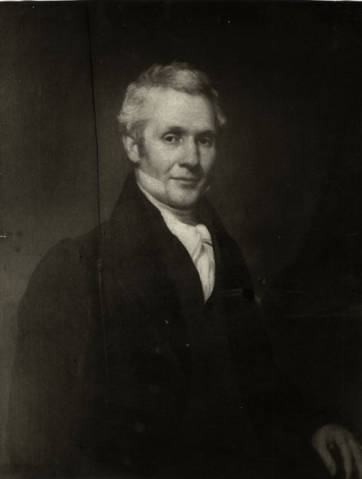
This trading house under the management of Mr. Gaines was highly satisfactory. He fully realized the importance of his position and the mission he had to perform and was proud of the results of his labors. The business of the trading house increased wonderfully. Not only did the Choctaws frequent the post, but also the Creeks, from the Black Warrior River, and even the Chickasaws. Mr. Gaines was careful to treat all fairly and justly. If the goods were defective or inferior, he pointed it out to the Indians and reduced the price. Consequently, he won their utmost respect and confidence.
As the stream of immigration came into the State and as the white population about St. Stephens grew and multiplied, it was found advisable to move the trading house farther into the Choctaw country. George S. Gaines called on the famous Choctaw Chief, Pushmataha to advise a suitable location. He suggested the site of the old Fort Tombecbe, the Spanish Fort Confederation. Work upon the new post immediately began and on its completion in May 1816, the post was opened to active trade with the Indians.
Pushmataha
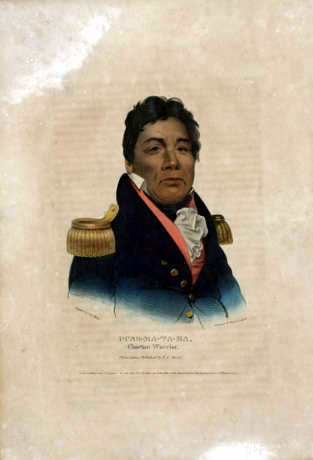
In October of the same year, the U. S. War Department authorized Colonel McKee to arrange for a treaty to be held at the Choctaw trading house in order that new sessions of lands might be secured from the Indians. The chiefs and commissioners spent several days discussing all sides of the question till October 24th, when the treaty was signed. By this treaty, all of Alabama, with the exception of the territory of the Cherokees in the lower Tennessee Valley, was open to white settlement.
John Hersey succeeded Gaines as a factor in October 1819 and served so long as the trading house existed.
The entire system of Government trading houses was abolished by act of Congress, May 6, 1822.
SOURCES
- Hamilton, Colonial Mobile (1910), pp. 376-378, 455; Pickett, History of Alabama (Owen’s edition, 1900), p. 505; Alabama Historical Society Transactions, 1898-99, vol. 3, p. 230; Hamilton, Mobile of the five flags (1913), p. 184; Brewer, Alabama (1872), p. 393; U. S. Statutes at Large, vol. 2, p. 652; American State Papers; Indians affairs, vol. 1, pp. 684, 768, vol. 2, pp. 66, 329-331, 417, 421.
Check out genealogy, history books, and novels by Donna R. Causey

ALABAMA FOOTPRINTS: Settlement: Lost & Forgotten Stories is a collection of lost and forgotten stories of the first surveyors, traders, and early settlements of what would become the future state of Alabama.
Read about:
- A Russian princess settling in early Alabama
- How the early settlers traveled to Alabama and the risks they took
- A ruse that saved immigrants lives while traveling through Native American Territory
- Alliances formed with the Native Americans
- How an independent republic, separate from the United States was almost formed in Alabama


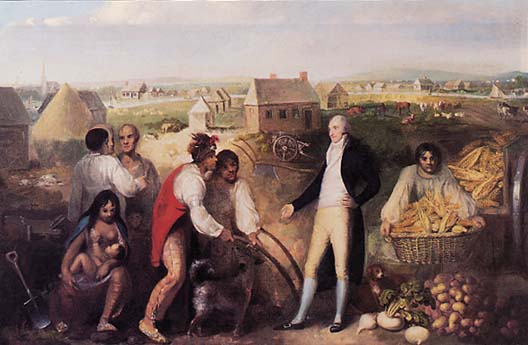
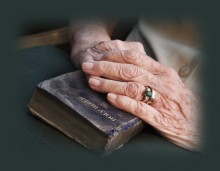

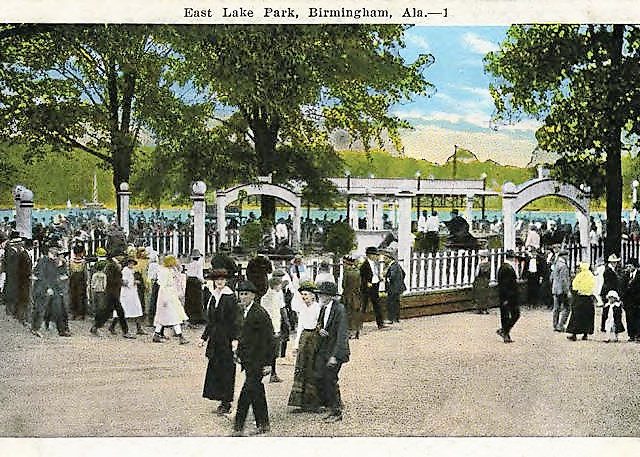
Would have shared this history, but there isn’t a share possibility.
The article states that all of Alabama except the Cherokee territory was opened to white settlement in 1816. A substantial portion of east-central Alabama, though, remained as federally-recognized Creek territory into the 1830s, until removal.
They were able to trust the government just like we are!
bet everyone of the trading houses cheated the indians like crazy.
The trading post in Alabama was at St. STEPHENS first seat of Alabama Territory about 60 miles north of Mobile.
Ok – On Creek Territory in Alabama – Take another look. Not quite all Creek.
Who ever heard of the Natchez…
Hardy Reed was called the Big Warrior and Chinnubbee and his son was called the Path Finder or Shelocta/Selocta, and the way Indians refer to themselves, that works out as Chinnubee Selocta or is more mixed up.
In any event the Poarch Creek version of Alabama History and The so-called Creek War does not quite add up with actual historical events, outside of those works which are largely urban legend created by authors from the Poarch Creek themselves in the Fairy Tale Factories.
The Big Warrior/Chinnubbee/Hardy Reed himself tells the story about how he was under siege in his own town and asked for help from the Choctaw, the Chickasaw, and even other Cherokee – let’s not forget the United States who George Washington told him would come to any of their aid in times of trouble. Washington never mentioned a cost and nor did General Pinckney – the General in charge (not Jackson who was merely a self-promoted officer by his own vanity in the Tennessee militia which at the time was also only defending its interest in what was hoped would be the new state of Franklin).
So Chief Hardy Reed is under attack and his son Dan Reed/Selocta/Path Killer became the right hand man of Andrew Jackson and in at least one version of Life of Jackson (there are so many) it was Selecta who valiantly marshaled the troops since Jackson was not yet battle ready – having had a duel and had his shoulder shattered in one and been shot in the ribs below his heart in the other.
The Chief of Talladega would have been Cherokee and he was the father of Selocta and he was Chinnubbee or Big Warrior.
Now here’s the historical problem – Chief Hardy Reed was called the Natchez Chief, the Cherokee Chief, he signed Chickasaw Treaties, and he was considered a Creek Chief too… but he was also an Alabama Chief.
Therefore, he was a Principal Chief of “The Nation” and a member of the ruling Byrd Clan – some call this and refer to it at the Wind Clan but the Byrd or Messenger Clan – the Path Finders own the routes, the rivers, and the roads…. and they were the people who led the Tribes and provided for the law.
The Little Prince or the Little Leader was the Chief of the Nations. He was betrayed by the General William McIntosh faction – some of whom were members such as: John Ross (later called Chief John Ross), Major Ridge, and Stand Watie – all from the National Council – this is often confused on whether or not is was Creek or Cherokee – lower or upper, etc.
The National Council was composed of the Whites and the Red People – so be careful when you read that a person is an Indian merely because they signed a Treaty as some were simply not of Indian extraction at all.
William McIntosh was the villain and identified by Chief Hardy Reed aka the Big Warrior in his letters of protest for his treatment at the hands of his friend/savior become treacherous villain – Andrew Jackson.
Jackson told Reed that he would give him ball, powder and corn and send him to Florida (Mount Vernon, Alabama was called Florida) and then be on his trail with his armies as soon as he let out. Jackson wanted a Treaty signed for 23,000,000 acres and even after Hardy Reed told him plainly he could not sign for more that his Island (Nana Hubba) where he lived and his town was located… he was forced to sign…
Jackson would later hang people at Mobile, other names are given but Jackson’s Aide-de-Campe John Reed is never heard from again… and there is mention of how one of Jackson’s lieutenants turned traitor and was hung along with others thereafter…. Such was the way of Jackson.
Jackson killed the lawyers who represented Osceola – Ambrister and Arbuthnot under the color of law and it was an American Tragedy. He used law to murder his victims.
The name of the game was division. The Agents and Commissioners were to use divisive tools of treachery to divide the tribes and those trading houses were such a tool.
The Chickasaw were one such tribe who allowed a road in 1801, the only one of the Tribes to do so – Google with American State Papers. So there were no Treaties with the Choctaw and Cherokee much less Creek that year.
The maps that are shown tell a different story.
The Treaties are flawed and this is a true story – Google mostly everything I’ve stated with American State Papers and you can read for yourself what was recorded at the time it happened.
Darby Weaver
Tribal Leader
Does anyone know of a Indian Village in or near Eufaula Alabama? The earliest period I’ve read about is the early 1900’s in some of the Alabama Slave Narratives.
Jesse, Google old maps of indian villages and towms in alabama
[…] Source: There were 14 Indian government trading houses established in 1796 – here is where they were | Ala… […]